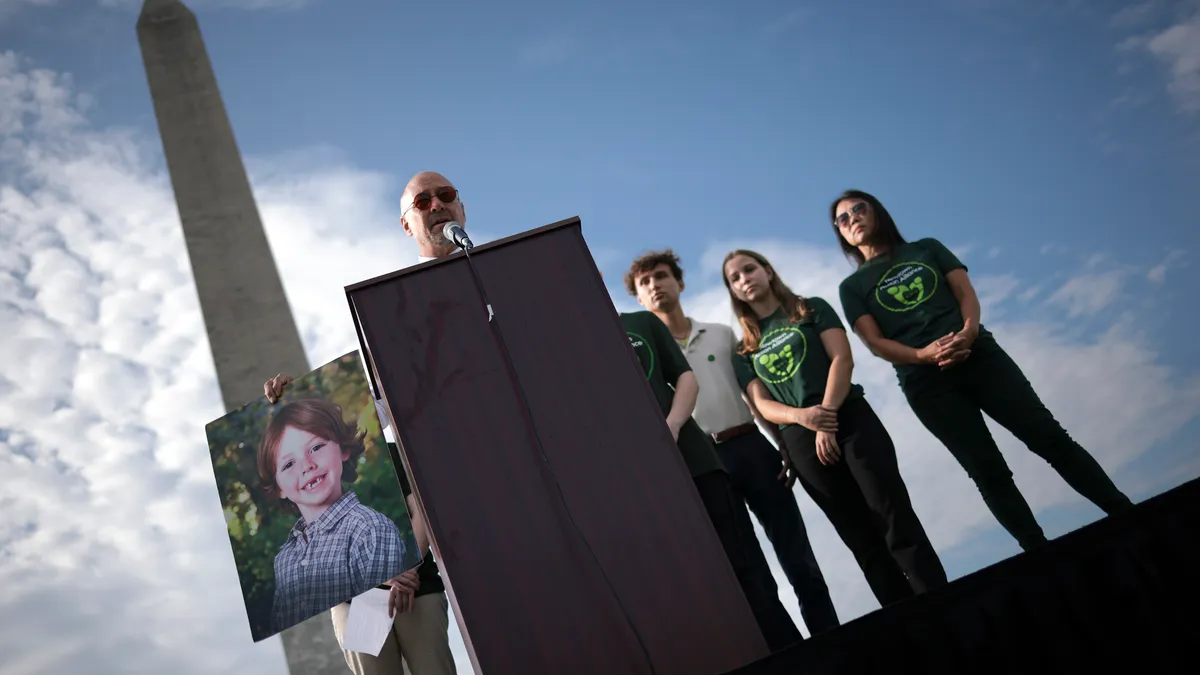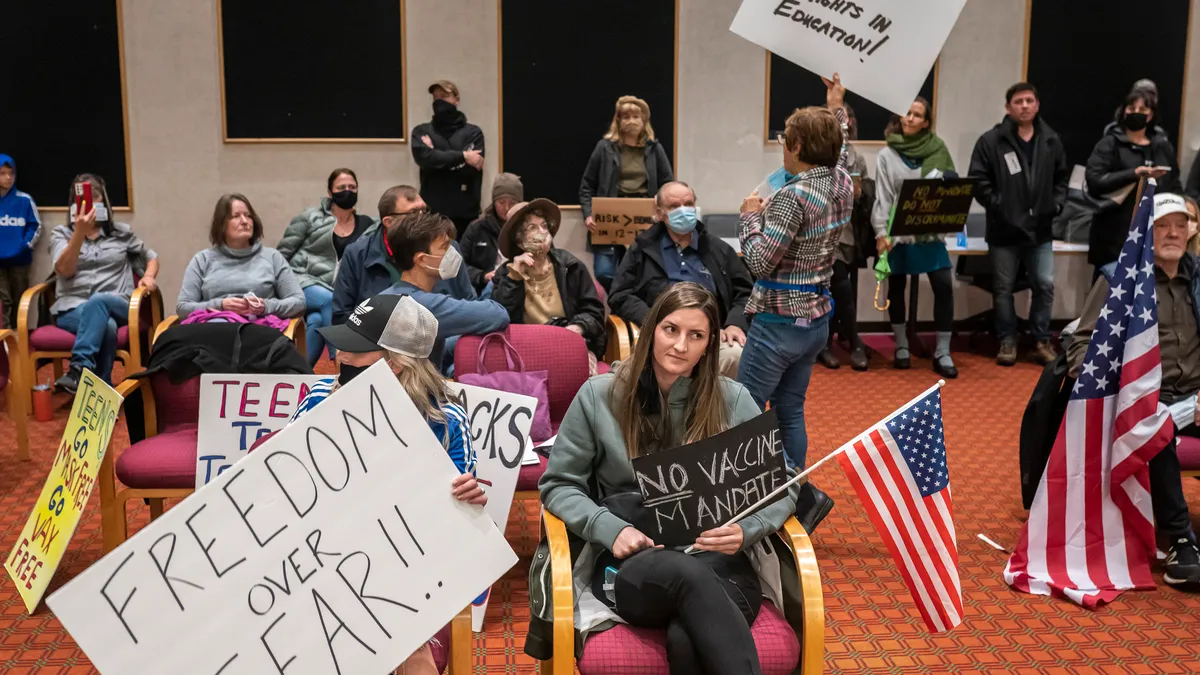Dive Brief:
- Black students with disabilities miss significantly more instructional time due to suspension than their white peers, according to a new report released Thursday by Harvard University law professors and The Civil Rights Project at the University of California Los Angeles (UCLA).
- "Disabling Punishment" provides state-by-state data on the number of days that students with disabilities missed due to suspension and identifies the five states with the biggest racial gaps. For example, in Nevada, for every 100 students with disabilities, black students were out of the classroom for 209 days, compared to 56 days for white students. The other four are Ohio, Missouri, Tennessee and Nebraska, where the number of days of suspension for black students with disabilities is quadruple that of white students, according to the report.
- The researchers also argue that some of the student behaviors leading to suspension could be a result of their disability, such as emotional disturbance — calling this the “equivalent of denying that student access to education.” They recommend that state leaders identify districts where these gaps are the largest and have state-level administrators analyze the reasons why the consequences for certain infractions are different for black students with disabilities than they are their white peers.
Dive Insight:
Removing students from the classroom should be “a measure of last resort,” the researchers write, and they call for the use of climate surveys, behavior incident reports and other monitoring strategies to determine if schools are improving “conditions of learning.”
The analysis was conducted in response to U.S. Secretary of Education Betsy DeVos’ efforts to revisit and possibly rescind Obama-era guidance aimed at reducing racial disparities in school discipline. The guidance is related to Title VI of the Civil Rights Act — which states that the U.S. Department of Education (ED) and the Department of Justice (DOJ) will investigate complaints of discipline policies and practices that discriminate based on students’ “personal characteristics”
Earlier this month, DeVos held back-to-back “listening sessions” with supporters of the guidance — who say it improves school safety and helps them be mindful of using alternative strategies — and opponents who argue that the guidance has increased disruptive behavior in school and that the federal government shouldn’t be dictating local school district policy.
In addition, DeVos opened a public comment period in order to decide whether to push back until 2020 an Obama administration rule that asks states to identify whether students of color are overrepresented in special education programs. The comment period closes on May 14.
In a piece on growing efforts to reduce out-of-school suspension — and implement alternatives that change students’ behavior — Barbara Higgins Perez, a former Oceanside Unified School District administrator who founded a consulting group, said that in her 20 years as an educator, she never once had a student return to school following a suspension with any completed assignments. The chances of a student with a disability doing any schoolwork at home are probably even lower, especially if they need the accommodations or support from a special education teacher that is available at school.











 Dive Awards
Dive Awards



